Real vanilla is a delicious, aromatic spice used in many recipes. It has a unique flavour that cannot be duplicated by imitation vanilla. Unfortunately, many products sold on the market are labelled ‘”vanilla,’” but are made with imitation vanilla. If you are looking for the real thing, keep an eye out for pure vanilla extract or whole vanilla beans.
Vanilla is the world’s second most expensive spice after saffron.
Are you using the right vanilla? Did you know that vanilla is one of the most expensive spices on the planet, second only to saffron in terms of cost per weight? If you’re not using real vanilla in your baked goods, it’s time to learn more and fix that going forward. The next time you’re making a batch of chocolate chip cookies or your favourite brownies, why not try adding as much real vanilla as you can afford? The result will be well worth all the extra money.
What is vanilla?
 Vanilla is a spice derived from the orchid Vanilla planifolia, native to Mexico. Almost any dessert you can imagine has vanilla, whether that’s ice cream, custard, crème brûlée, or cake. It’s even made even makes its way into savoury recipes like barbecue sauces and meat marinades.
Vanilla is a spice derived from the orchid Vanilla planifolia, native to Mexico. Almost any dessert you can imagine has vanilla, whether that’s ice cream, custard, crème brûlée, or cake. It’s even made even makes its way into savoury recipes like barbecue sauces and meat marinades.
What flavour is vanilla?
 Vanilla is a sweet aromatic spice that comes from the vanilla orchid bean. The flavour of real vanilla is unique, and is very different from imitation vanillas. It is not just sweet but has a warm, rich aroma. and many nuances. The nuanced taste of vanilla can be described as woody, buttery, earthy, and smoky, with hints of caramel, tobacco, and dark chocolate. It has an almost nutty quality to it, and a creamy flavor as welland a creamy one at the same time.
Vanilla is a sweet aromatic spice that comes from the vanilla orchid bean. The flavour of real vanilla is unique, and is very different from imitation vanillas. It is not just sweet but has a warm, rich aroma. and many nuances. The nuanced taste of vanilla can be described as woody, buttery, earthy, and smoky, with hints of caramel, tobacco, and dark chocolate. It has an almost nutty quality to it, and a creamy flavor as welland a creamy one at the same time.
So if you’ve been using imitation vanilla all along because you didn’t know what natural vanilla tastes like, don’t worry! You are not alone. Most people have never tasted natural vanilla before, so they don’t even realize they’re missing out on something spectacular!
Where can you buy vanilla extract?
You can buy pure vanilla extract almost anywhere. Try some of the places listed below., including the following:
- The Grocery store (in the baking aisle)
- A Health food store
- Online, from any number of reputable retailers, such as Amazon.com
- At a farmer’s market (if you’re lucky enough to live near one that sells products like vanilla extract)
- A Specialty food stores
Why is real vanilla so expensive?
 Vanilla beans are very difficult to grow. The vanilla orchid requires very specific conditions to grow well has many demanding requirements, such as including the right amount of shade and humidity. Because of this, most commercially grown vanilla plants are produced in Madagascar.
Vanilla beans are very difficult to grow. The vanilla orchid requires very specific conditions to grow well has many demanding requirements, such as including the right amount of shade and humidity. Because of this, most commercially grown vanilla plants are produced in Madagascar.
However, Madagascar is not the only place that a vanilla orchid can grow.; However, because only one type of bee (the Melipona bee) can pollinate the vanilla orchid, it takes careful planning to obtain get a perfect crop. Once these meticulous steps have been taken, the green and unripe vanilla berries are hand-picked and then cured for weeks to bring out their unique flavour.
The difference between imitation and real vanilla.

It is very easy to tell the difference between imitation vanilla and real vanilla.
- Look at the label of the product you are buying. Sometimes the word ‘extract’ will be on the label. If it is, you can trust that this product has been made with real vanilla beans. If not, move on to step two.:
- Check if anything is written on the bottle about where the product was made, or what it was made out of. If there is no indication that this product was made from a vanilla bean, it’s probably not real vanilla extract. The easiest way to tell if what you’re buying is real vanilla:
- The easiest way to tell whether you’re buying real vanilla or not is simply to lLook at the ingredients list on the back of the your bottle. It should say something like ‘”vanilla extract’” or ‘”made with Madagascar Bourbon Vanilla beans.’” However, if the term it says “’vanilla flavour’” appears anywhere in that ingredients list, what you’re looking at isit’s most likely imitation vanilla, and that’s not worth buying because it doesn’t taste as good!
The artificial flavour is imitation vanilla.
All These are for the chemists out there might be interested in this!. The main flavour component in vanilla is vanillin, a chemical compound that can be made synthetically, or extracted from various plants. However, the most widely used source of vanillin today is lignin, an industrial by-product of wood pulp production.
Why wood pulp? It was cheap! (Unlike real vanilla beans, it’s cheap!.) But there are downsides to this process.: This synthetic stuff doesn’t yield the same aromatic compounds as real vanilla extract and vanilla beans. — Which means it doesn’t smell anything like the complex, welcoming aroma that’s characteristic of comes with real vanilla products
Real vs. Imitation Vanilla Compared

You might want to know the difference between real and imitation vanilla to decide what’s whether it’s worth purchasing.
- Real vanilla extract is made from the vanilla ‘”orchid,’” a vine that grows in tropical countries such as Mexico. The vanillin used to make real vanilla comes from the pod-like fruit of this orchid. Making real vanilla is labour-intensive, time-consuming, and requires expensive equipment, because it’s difficult to grow and harvest. That’s why pure vanilla extract costs more than its artificially- flavoured counterpart.
- Imitation vanilla is made with vanillin, and derived from a different plant called the “tonka bean,” that which grows in South America. It contains little or no vanilla and instead uses synthetic chemicals to imitate its flavour profile.
Vanilla bean pods are more popular than vanilla extract.

- You may be more familiar with vanilla extract, but the vanilla bean pod is the way that most professional chefs prefer to obtain their vanilla flavour. All of the best flavours are contained inside that little pod! Do you love a good panna cotta? You can add a few little slices of a vanilla bean pod, spoon on some almond milk, and achieve a creamy and delicious consistency.
- Using a vanilla bean pod will also up your baking game considerably. Take, for example, making a pound cake for Sunday brunch. The light texture and hint of sweetness are perfect when you sprinkle some real vanilla bean powder into your batter at just the right time, you’re sure to end up with a cake that’s light and has the perfect amount of sweetness. Consider trying out this fool-proof recipe when you want to impress guests and serve up something quite different unique from what they’re are used to picking up at getting from their local grocery store’s bakery section!
If a recipe calls for real or pure vanilla, make sure you’ve got the right stuff!
If a recipe requires calls for real or pure vanilla, you need to be using the right thing to make sure it is! There is a big difference between imitation vanilla and real vanilla. Imitation vanilla contains artificial vanillin, which is used in place of the natural vanillin found in the vanilla bean. In addition to vanillin, imitation vanilla is usually has caramel coloured ring. This is added in to make the vanilla give it a darker color. Imitation or artificial vanilla also contains other chemicals that will affecting its flavour and aftertaste.
Avoid imitation extracts and save money on the real thing!
It’s important to know whether you’re buying real vanilla or an imitation, and that knowledge could save you money.
So what is the difference?
Real vanilla comes from a plant, Vanilla planifolia, native to Central America. Madagascar Bourbon (named after the Reunion island in the Indian Ocean called Reunion Island) and Tahitian are two varieties of this plant. Also, real vanilla extract uses alcohol as a solvent to extract all the good flavor from vanilla these beans so you can use them in your cooking.
Imitation vanilla uses water as its solvent, as well as vanillin, and other chemicals, to produce something that tastes like vanilla, but isn’t made from vanilla beans! These vanillin products can be derived from lignin (a by-product of paper processing), guaiacol (a wood derivative), coal tars, petrochemicals, pine bark, and even cow dung! Yuck!
In Conclusion
So, now that you know the difference between real and imitation vanilla, hopefully, you’ll probably think twice before using the latter in your recipes baking. Real vanilla tastes much better than the artificial stuff is more delicious, but it’s also more natural and pure. So next time you’re at the store, make sure to look out for pure vanilla extract or vanilla bean powder. – Your taste buds will thank you!
 Food Manifest
Food Manifest 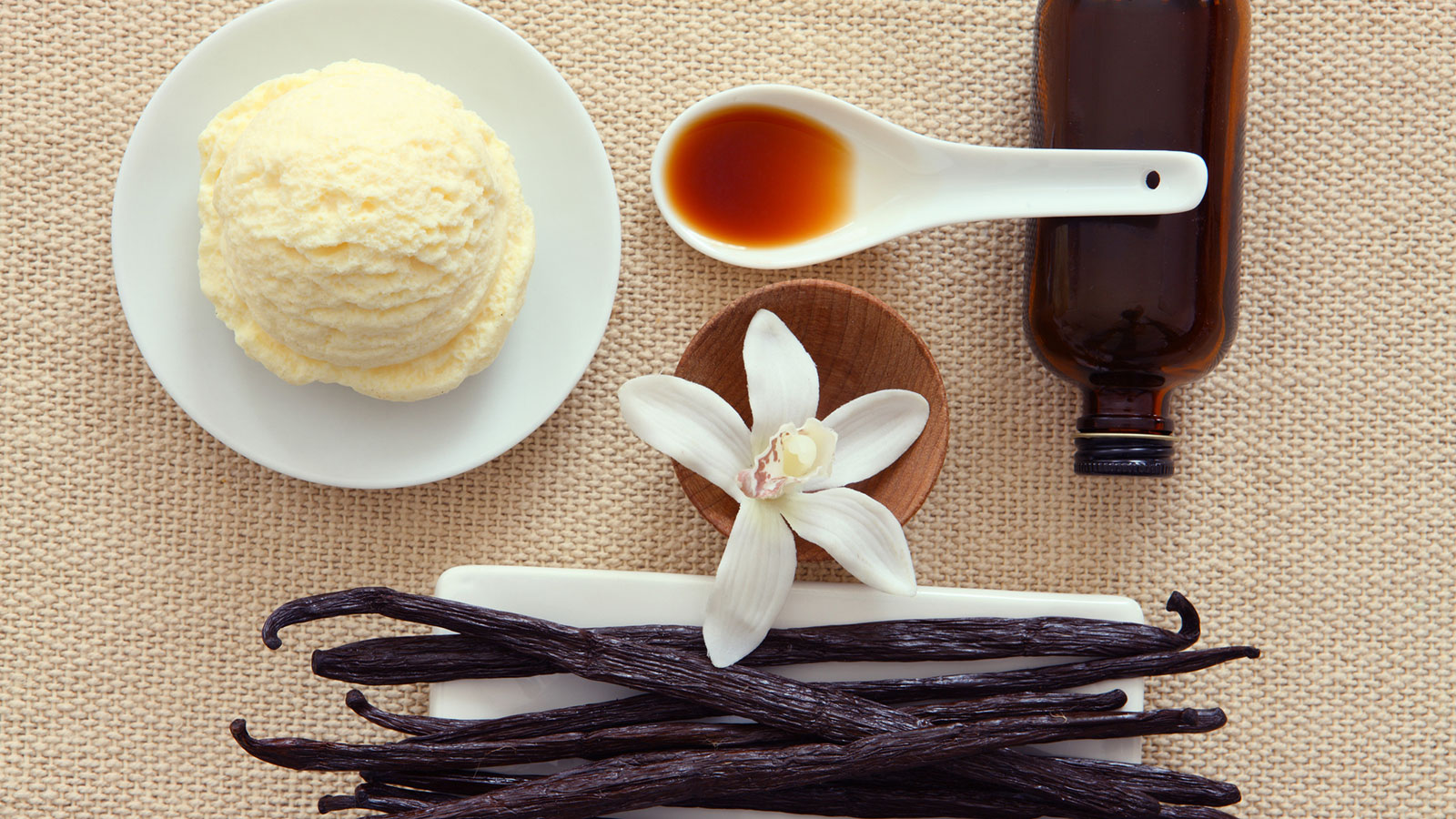
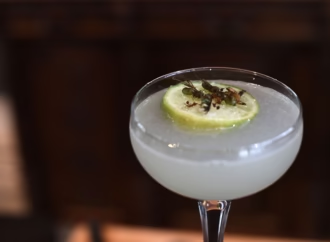
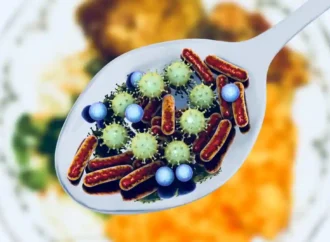






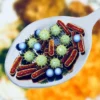


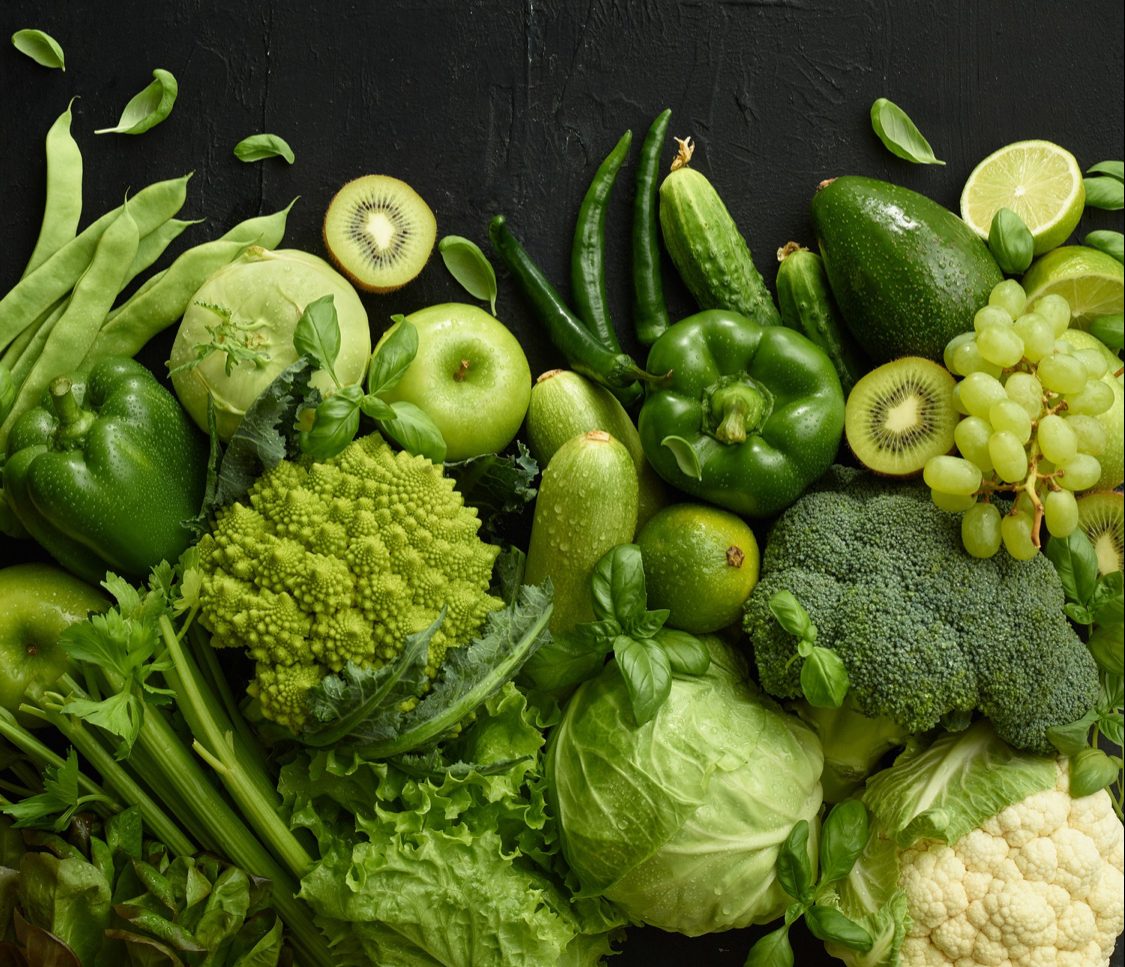




Leave a Comment
Your email address will not be published. Required fields are marked with *